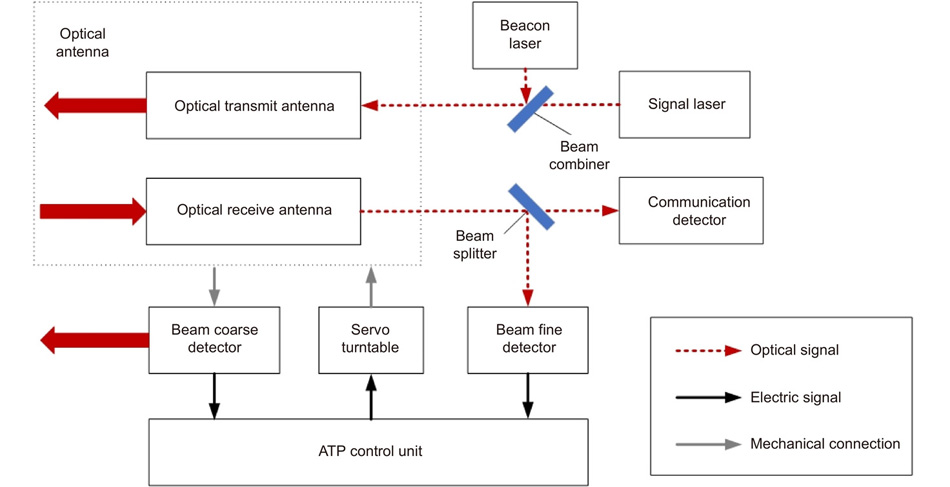Jingyuan Liang, Ruidong Chen, Haifeng Yao, Bo Bai, Minghua Cao, Li Zhao, Yi Wang, Jiaxin Deng. Research progress of acquisition, pointing and tracking in optical wireless communication system[J]. Opto-Electronic Engineering, 2022, 49(8): 210439
Search by keywords or author
- Opto-Electronic Engineering
- Vol. 49, Issue 8, 210439 (2022)
Abstract

Set citation alerts for the article
Please enter your email address



